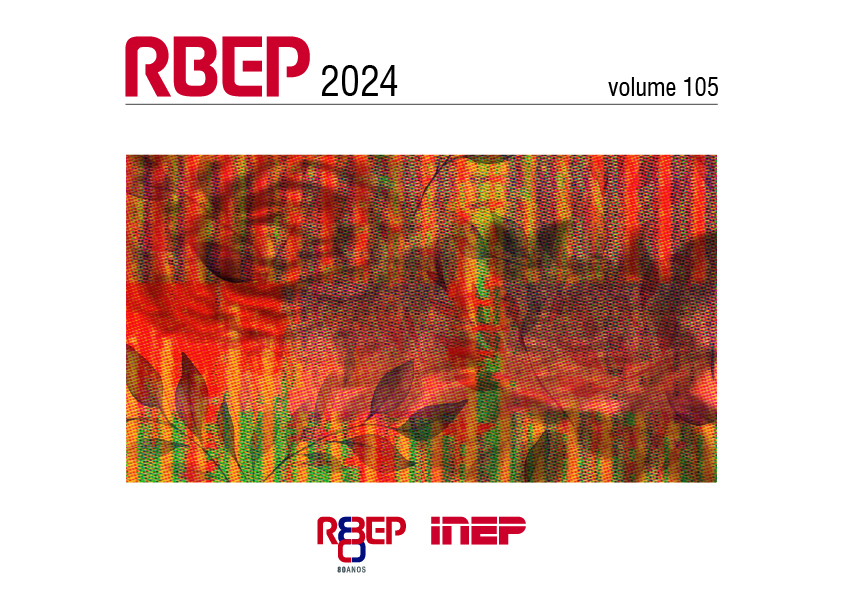The correctional character of socio-educational policies in Brazil: a critical analysis
Abstract
This study discusses part of a research seeking to deepen the concept of socioeducation, adopted within the scope of socio-educational measures provided by the Child and Adolescent Statute (ECA), based on a historical and dialectical materialist perspective. The objective was to critically analyze the official documents that deal with socio-educational measures and understand how adolescents are being seen and treated within the scope of socioeducation policy. The analysis was carried out based on the constructions of meaning through cores learned in documentary reading. It was demonstrated that, despite the apparent discourse of a comprehensive protection of the adolescent juvenile offender and a paradigm shift in socio-educational policy, there is a predominance of a proposal for socio-educational practice with a correctional bias. It is noticeable that the idea of guaranteeing rights is restricted only to bourgeois citizenship in an uncritical manner, in other words, it is restricted only to maintain social order. Therefore, more than thirty years after the promulgation of the ECA, minorist practices are still in force when it comes to adolescent juvenile offenders. However, emancipatory socio-educational proposals will only be possible if they take the historical and social contexts of Brazil as their starting point. Disregarding class and color when dealing with adolescent juvenile offenders is masking the reality of Brazilian socioeducation.
Downloads
Copyright (c) 2024 Brazilian Journal of Pedagogical Studies

This work is licensed under a Creative Commons Attribution 4.0 International License.
Once their work is accepted for publication, author’s copyrights are automatically relinquished to the National Institute for Educational Studies and Research Anísio Teixeira (Inep).
Since 2016, the journal Revista Brasileira de Estudos Pedagógicos (RBEP) uses the licence CC-BY.
Partial or total reproduction of the content of this Journal is permitted provided that the original publication is properly referenced, as well as a link to license CC BY 4.0 and to indicate any possible alterations made to the article.




















